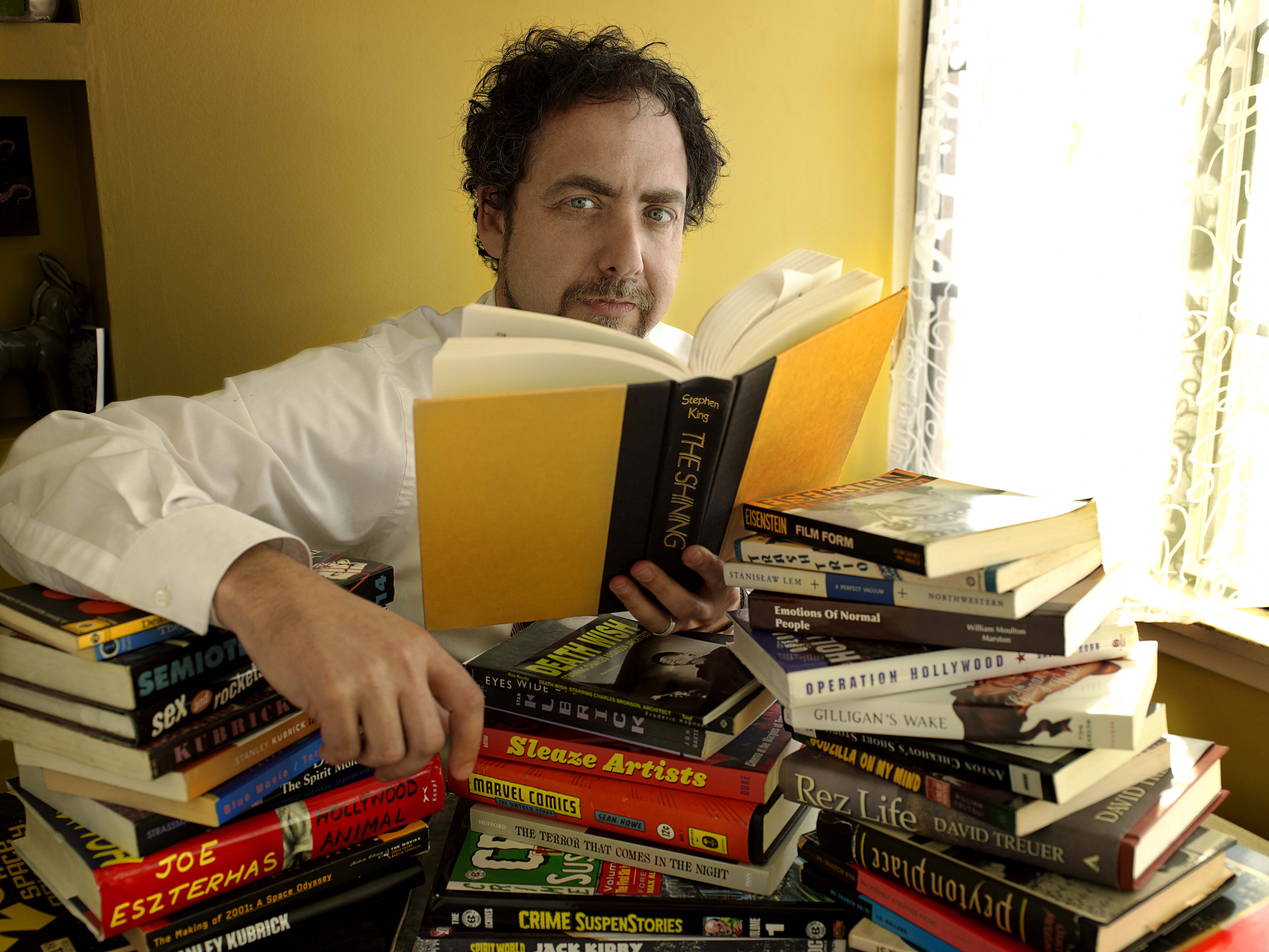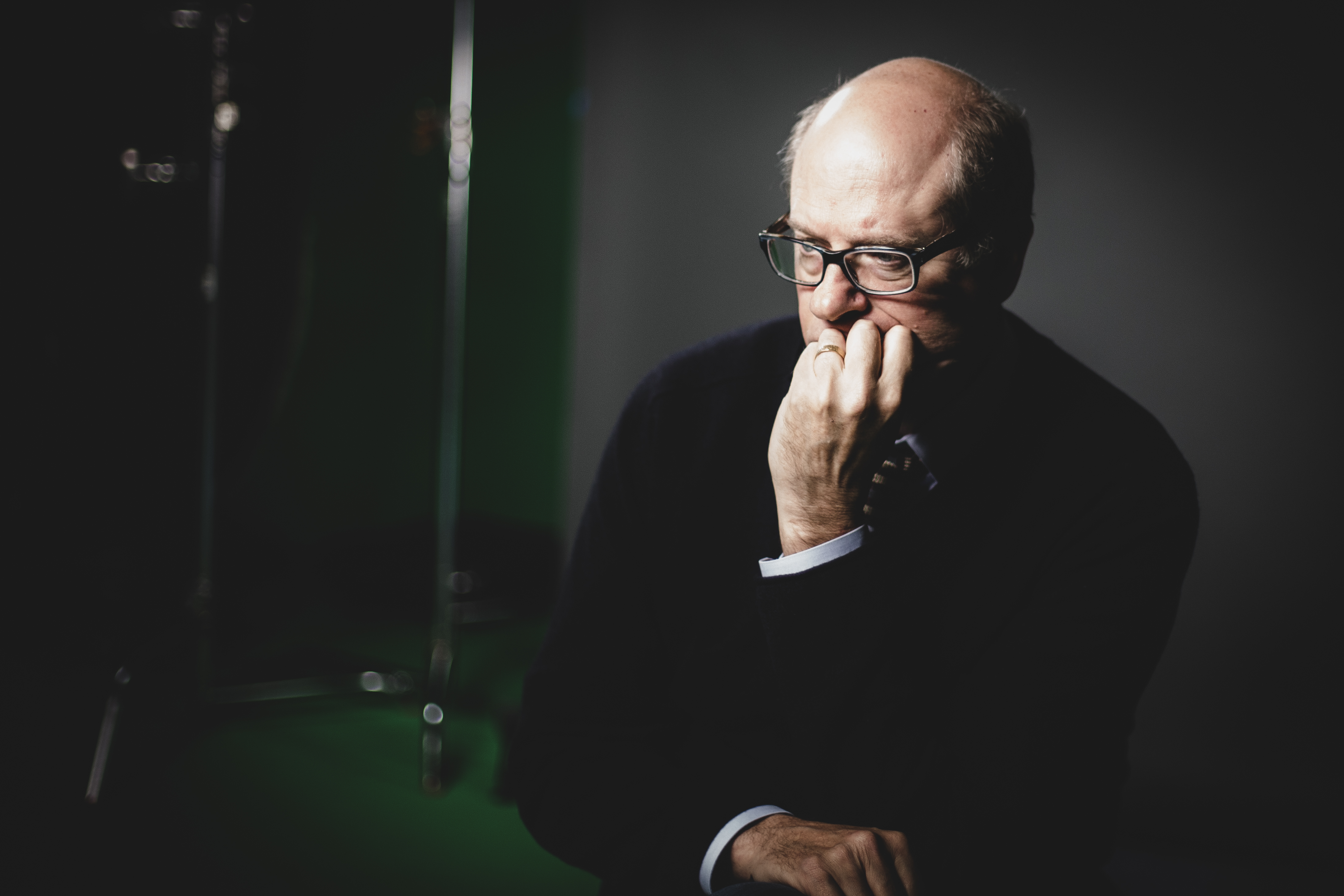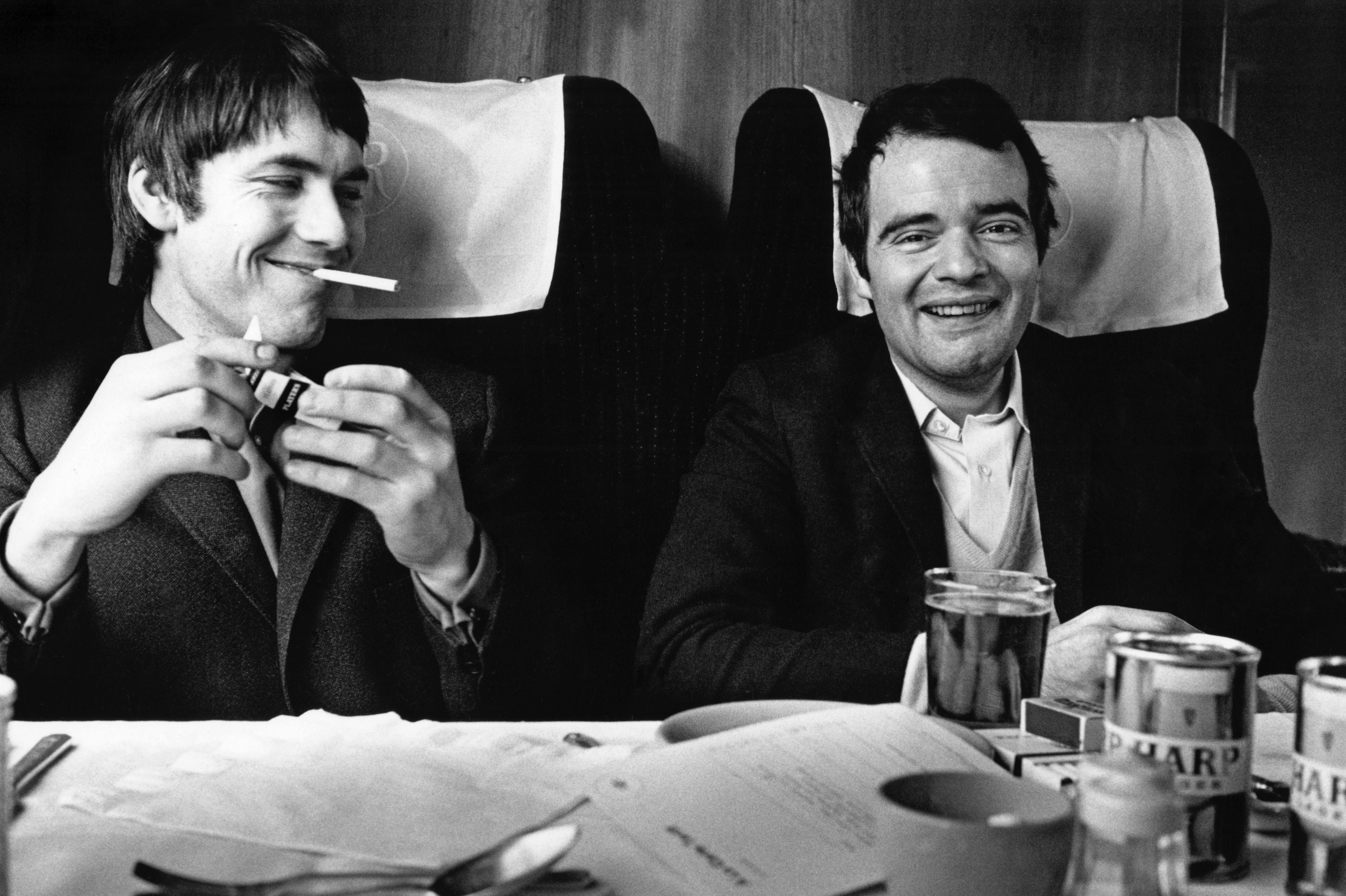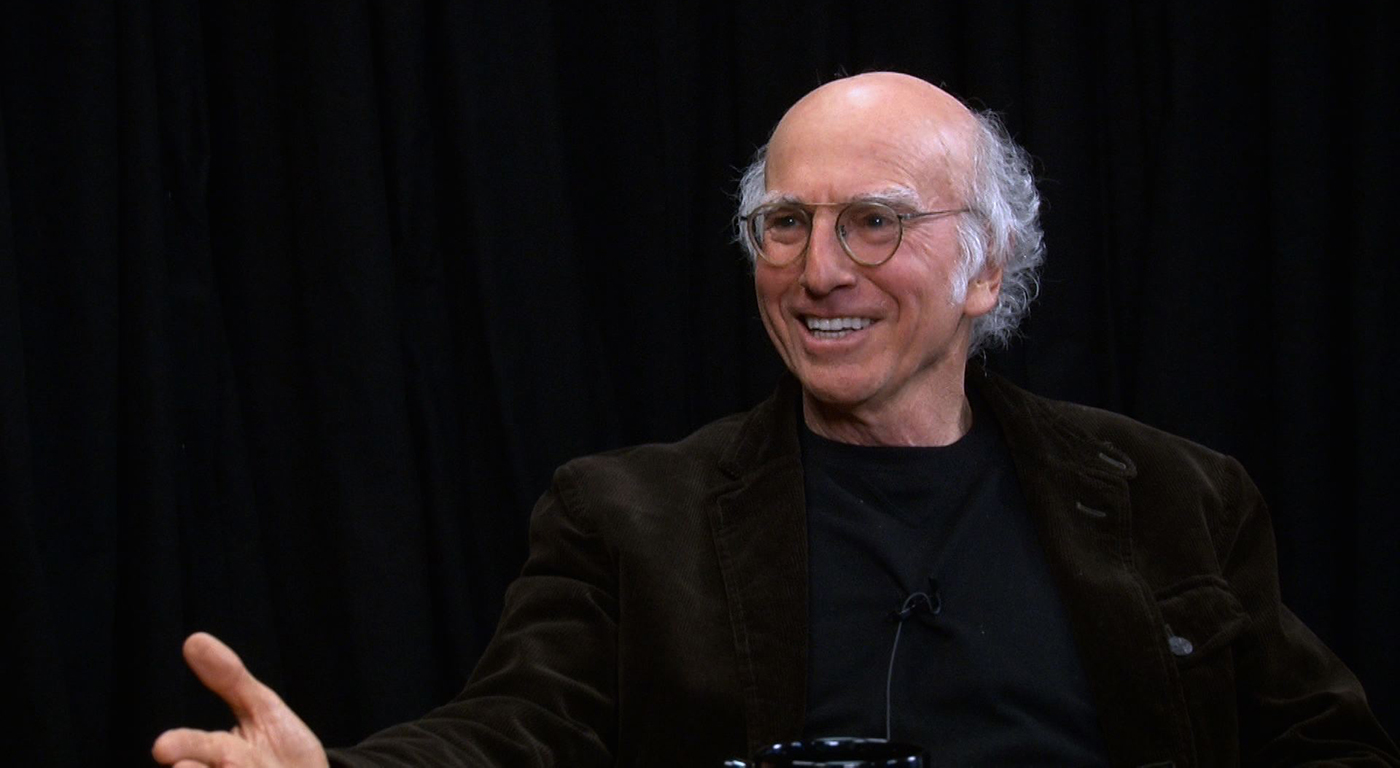Room 237
Opens Fri. April 5 at SIFF Cinema Uptown. Not rated. 104 minutes.
Sometimes a cigar is just a cigar. So goes the quote so often attributed to Freud, but it’s hard to make that case for coincidence and happenstance in the films of Stanley Kubrick. You can’t completely remove chance from cinema, with all its actors and technicians and moving parts, but the detail-oriented, notorious micromanager Kubrick came close. What appears to be a continuity error may in fact be a carefully placed clue for the observant viewer.
That argument is made in Rodney Ascher’s documentary, which explores five uniquely different and obsessively catalogued perspectives on Kubrick’s 1980 The Shining. It’s about the genocide of the American Indian, argues Bill Blakemore, pointing to the prominence of Native American art (and Calumet baking powder) in certain frames. Geoffrey Cocks sees it as a metaphor for the Holocaust. According to Jay Weidner, it’s Kubrick’s surreptitious confession about faking the moon landing. (2001 was supposedly his “research and development project for the Apollo footage.”)
That last theory is easily dismissed, but that’s part of Ascher’s design. He doesn’t make fun of his Shinologists, who lay out their theses in voiceover (no talking heads here), or the five detailed, obsessively catalogued exegeses under consideration. Each obsessive interpreter is granted their own area of expertise in the Kubrickian details.
Ascher mostly plays it straight, illustrating the commentary with films clips and using slow motion, step frames, split screens, and visual effects to render the evidence under consideration. He’s particularly taken with Juli Kearns’ reading of the film’s mazes and “impossible” architecture, laid out in gorgeous maps that he matches up to Kubrick’s mesmerizing tracking shots. But then he adds his own commentary using clips from other Kubrick films—a generous collection that suggests at least tacit approval from the Kubrick estate—for counterpoint or comic effect.
Ultimately, The Shining can’t be reduced to any one theory, no matter the critical observations and obsessive replaying and deconstruction of key clips and images. It’s a magnificent and complex film layered in doubles and symbols and references. Ascher respects these five obsessive fans/scholars because The Shining allows them to find meanings within Kubrick’s labyrinth. Whether Kubrick intended those interpretations seems beside the point to such passionate readings.
film@seattleweekly.com







